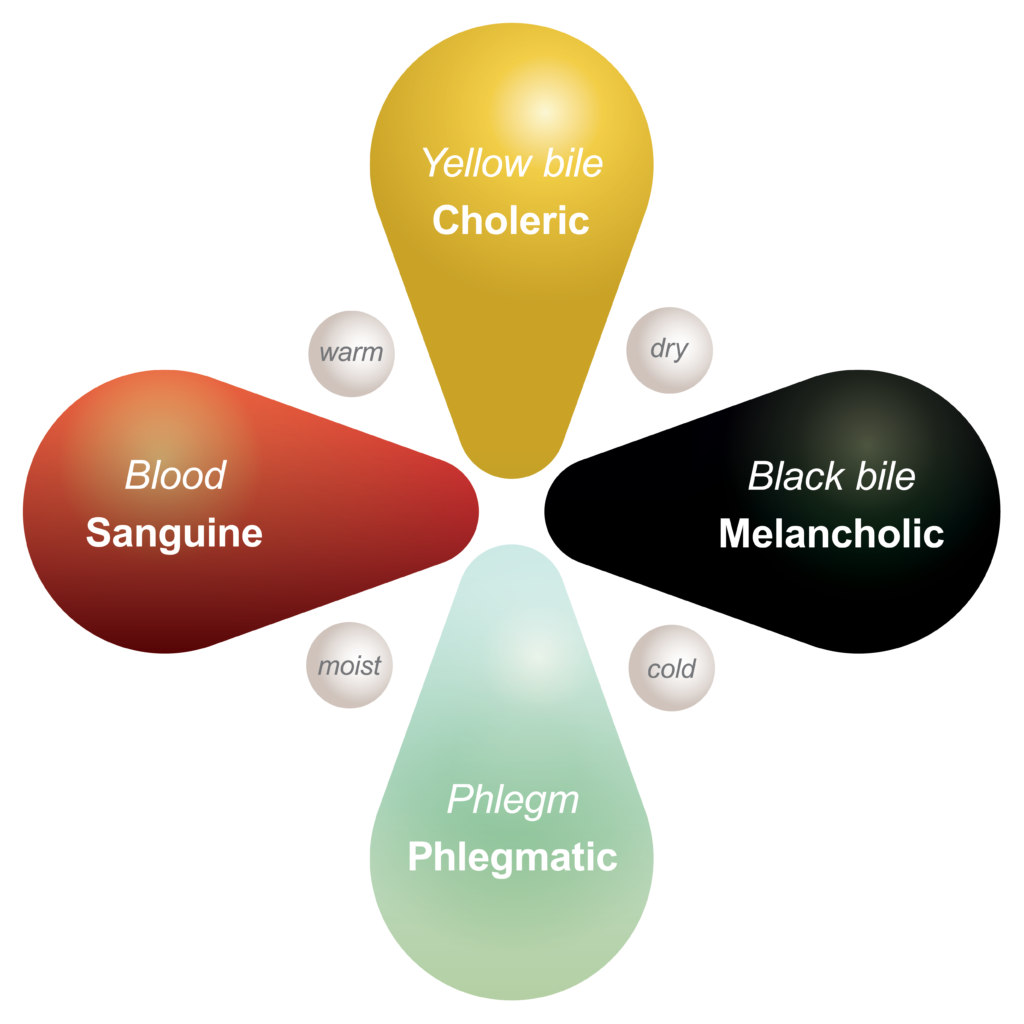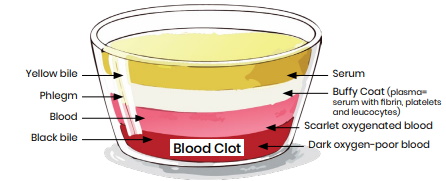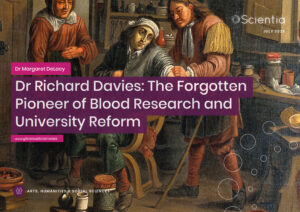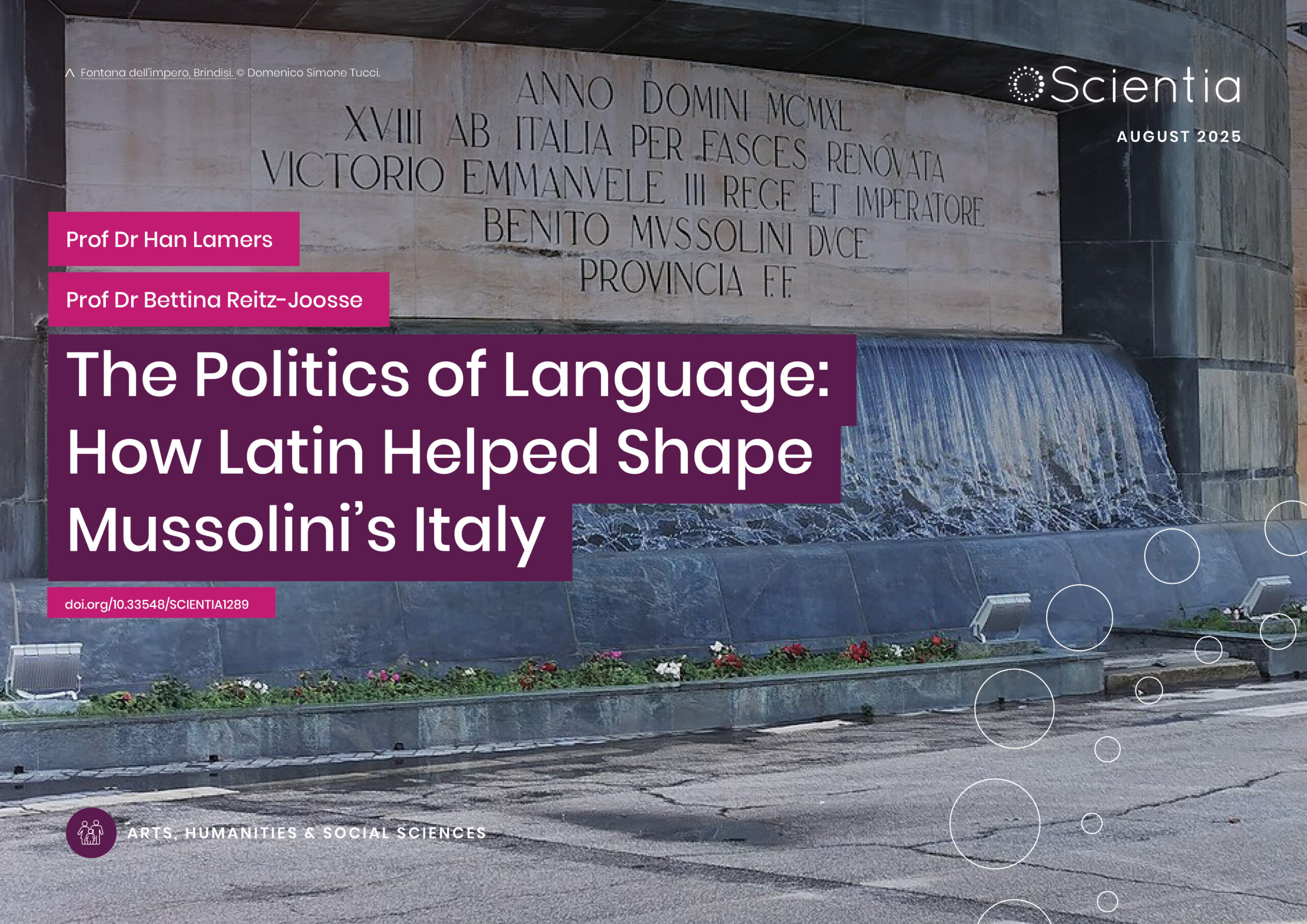Dr Richard Davies: The Forgotten Pioneer of Blood Research and University Reform
Article written by Anna Morrissey, MA
Dr Richard Davies was an 18th century physician whose bold ideas spanned medical science, public health, and university reform. Yet, his name is little known today. From discovering features of inflammation in blood, to proposing a national system to control cattle plague, his work prefigured modern approaches to medicine and governance. Nevertheless, his calls for change often fell on deaf ears, and his contributions were overlooked or appropriated by others. Dr Margaret DeLacy revisited Dr Davies’ remarkable career, exploring how a forgotten doctor helped shape the future of medical thinking.
Unrecognised Revolutionary Ideas
In the 18th century, a quiet revolution was taking place in how people understood disease, contagion, and the workings of the human body. One of the unsung figures in this transformation was Dr Richard Davies (1708–1761) —a British physician and writer whose pioneering work on blood, disease control, and education reform, has largely faded from memory. Dr Davies was ahead of his time. His studies on the physical properties of blood anticipated important discoveries about how inflammation changes its appearance. He proposed an ambitious plan to control disease outbreaks in animals, which anticipated the nineteenth-century public health movement. He also became a vocal critic of the outdated practices of English universities, particularly in medical education. Despite his important contributions, Dr Davies died largely unrecognised, with his ideas either ignored or taken up without credit by others.
The Making of a Medical Mind
Born in Shropshire in 1708, Dr Davies entered Queens’ College, Cambridge, in 1726. Davies’ uncle was the President of Queens’, and he met a vibrant network of scholars mostly tied to the ideas of Isaac Newton, who believed that observation, experimentation, and mathematical reasoning were the best ways to study nature. Although the scientific atmosphere was rich, Cambridge’s actual medical teaching was woefully inadequate. Professors were poorly paid, often didn’t teach, and students received little hands-on training. Dr Davies likely taught himself much of what he knew about medicine, supported by private lessons, and whatever practical experience he could find. Despite these challenges, he earned his medical degree in 1748, twelve years after he had moved to Shrewsbury to practise as a physician. He later settled in Bath. He had joined the Royal Society in 1738 but resigned three years later, possibly due to financial constraints.
Measuring the Blood
Dr Davies’ most remarkable scientific contribution was his work on human blood. In the 1740s, he had published a list of the ‘specific gravity’ (essentially the mass) of various materials, including blood. Doctors at the time believed that illness was tied to the quality of blood and its balance of substances. One common treatment was bloodletting, where patients were bled in hopes of releasing harmful elements. Dr Davies was particularly interested in what happened when blood was left to settle in a container. Normally, it separated into a red lump (the clot) and a clear fluid (the serum). But in people with fevers or infections, a mysterious pale layer often appeared between these two, now known as the ‘buffy coat’. This layer fascinated Dr Davies.
Using carefully controlled experiments and glass equipment, Dr Davies showed that this buffy coat had a weight between that of the serum and the red clot.

Tackling Contagion and Calling For Control
In 1748, Dr Davies published a bold pamphlet about an outbreak of rinderpest, a highly contagious cattle disease. Arguing that animal diseases spread much like human ones, he called for drastic national measures, proposing a central ‘Board of Health’ with wide-ranging powers: isolating sick animals, tracking cases, and even censoring unapproved writings on the disease. While some of these ideas sound authoritarian, others were strikingly modern. He imagined a national surveillance and reporting system, and recognised the importance of veterinary hygiene and specialist training. Though the government largely ignored his recommendations, his pamphlet stood out as a practical and science-based response to a major health crisis.
The Radical Reformer
By the late 1750s, Dr Davies had become increasingly frustrated with the state of medical and scientific education in England. In 1759, he wrote an open letter, or an ‘Epistle’, to his mentor Stephen Hales, where he criticised the universities’ outdated systems. He attacked their focus on abstract argument over real-world science, and the system that forced most academic fellows to become clergymen. Dr Davies suggested capping fellowships at ten years, and using the savings to hire professors who would compete to give useful lectures. He wanted the curriculum modernised to focus on natural philosophy (what we’d call science), and the use of equipment in research. He even suggested that the universities had enough money to do this if they stopped wasting it on idle staff. His ideas caused a stir. Reviewers mocked the tone of his writing, in particular a note where he threatened legal action against anyone who plagiarised or translated his work. Others acknowledged that he raised serious issues. Some of his proposals, like replacing religious tests and encouraging science, would not become reality for another century.

Final Experiments and a Legacy Denied
In 1760, a year before his death, Dr Davies published what he saw as the beginning of a comprehensive study of the blood. Importantly, he argued that the buffy coat only became visible when inflammation caused changes in how red blood cells behaved. He proposed that a sticky, glue-like substance he called ‘gluten’, was always present in blood and that red blood cells sank through it more quickly in inflammatory diseases, allowing the gluten to congeal on top of them. This was an early explanation of what we now call the erythrocyte sedimentation rate, a medical test still used to detect inflammation.
He believed that understanding this process was key to diagnosing and treating disease. Though his final work wasn’t widely recognised, it impressed some reviewers, and laid a foundation that others built upon, often without crediting him. Soon after, better-known figures like William Hewson and George Fordyce repeated Dr Davies’ conclusions without acknowledgement. In the years that followed, Dr Davies’ contributions were largely forgotten. He died relatively young, had no influential patrons in his later life, and never found the institutional support he needed. His scientific insights were valid, but the world wasn’t ready to listen.
Remembering Dr Davies
Dr Davies’ story is not just about medical discoveries, it’s about how recognition and reputation are shaped. He worked in an age when connections, patronage, and publication clout mattered as much as insight. His efforts to reform medicine and education were ignored, or ridiculed. His research was quietly appropriated. Even his name was miscatalogued in libraries. Yet today, his work helps us understand how 18th century doctors saw disease, and debated the causes of fevers and infections. It also sheds light on the struggles faced by early scientists in getting their voices heard. Though he may not have found the recognition he deserved during his lifetime, Dr Davies was a visionary; one of the many forgotten minds who helped lay the groundwork for modern medicine.
SHARE
DOWNLOAD E-BOOK
REFERENCE
https://doi.org/10.33548/SCIENTIA1305
MEET THE RESEARCHER

Dr Margaret DeLacy
Northwest Independent Scholars Association, 7356 SE 30th Avenue, Portland, Oregon 97202, USA
Dr Margaret DeLacy obtained her Bachelor’s degree in History and Literature at Harvard University, going on to complete her PhD in British History at Princeton University. She is a scholar and historian, writing in the fields of the history of medicine and science, medical research, and British history. She has been President of the Oregon Association for Talented and Gifted since 2017, and President of the Northwest Independent Scholars Association since 1998. Throughout her career, she has specialised in contagionism, and medicine and society in 18th century England. She has published extensively and is an editor of H-Scholar, a network within H-Net: Humanities & Social Sciences Online.
CONTACT
W: https://networks.h-net.org/h-scholar
FURTHER READING
Contagionism Catches On: Medical Ideology in Britain, 1730-1800, (Palgrave Macmillan: 2017)
The Germ of an Idea: Contagionism, Religion and Society in Britain, 1660-1730 (Palgrave MacMillan, 2016)
Prison Reform in Lancashire, 1700-1850: A Study in County Administration (Stanford University Press, 1986, published in England by Manchester University Press, 1986).
Fever Hospitals in Ireland, 1780, 1797-1806 SHS Web of Conferences, Volume 136 (2022) MATTERS OF CONTAINMENT. Material approaches to the handling of threats in the modern world. (3rd International Conference of the Quarantine Studies Network (QSN) Lisbon) (Online), Portugal, May 28-29, 2020, edited by F.J. Martínez and C. Miralles-Buil (Open Access) DOI: https://doi.org/10.1051/shsconf/202213602007


REPUBLISH OUR ARTICLES
We encourage all formats of sharing and republishing of our articles. Whether you want to host on your website, publication or blog, we welcome this. Find out more
Creative Commons Licence (CC BY 4.0)
This work is licensed under a Creative Commons Attribution 4.0 International License. 
What does this mean?
Share: You can copy and redistribute the material in any medium or format
Adapt: You can change, and build upon the material for any purpose, even commercially.
Credit: You must give appropriate credit, provide a link to the license, and indicate if changes were made.
SUBSCRIBE NOW
Follow Us
MORE ARTICLES YOU MAY LIKE
Police Body Worn Cameras in Rio’s Favelas: Can Technology Reduce Violence?
In 2016, a team of three researchers based at Stanford University —Beatriz Magaloni, Vanessa Melo, and Gustavo Robles— conducted a groundbreaking experiment in Rocinha, Rio de Janeiro’s largest favela (informal settlement), to test whether body-worn cameras (BWC) could reduce police violence and improve community relations.
The findings reveal that body cameras hold great promise, but they also come with serious challenges. Before the experiment started, one police unit commander ominously told the researchers: “If you give body cameras to my officers, this will stop them from doing their job.”
Dr Carolina Montero Orphanopoulos | Fundamental Theological Ethics ‘In Exit’: A New Moral Theology
Dr Carolina Montero Orphanopoulos contends that contemporary Catholic moral theology has become mired in combative debates around personal health choices and sexuality, losing sight of broader ethical challenges. She proposes a radical renewal through three key categories for progress: vulnerability, corporality, and recognition. Drawing on Pope Francis’s vision of ‘theology in exit’ (the Church actively engaging with the world), she argues for a public-facing moral framework that addresses 21st-century crises such as climate change, artificial intelligence, and political fragmentation, while remaining grounded in traditional Catholic values.
Prof Dr Han Lamers – Prof Dr Bettina Reitz-Joosse | The Politics of Language: How Latin Helped Shape Mussolini’s Italy
When wandering through Italian cities today, visitors will encounter Latin inscriptions on all manner of buildings and monuments. While many date back to ancient Rome, the Middle Ages, or the Renaissance, others were created during Benito Mussolini’s Fascist regime (1922–1943). These Latin texts weren’t merely decorative — they were deliberately crafted political tools that helped forge connections between Fascist Italy and ancient Rome, embedding the regime’s ideology into the very fabric of Italian society.
Ongoing research by Professor Han Lamers (University of Oslo) and Professor Bettina Reitz-Joosse (University of Groningen) reveals how Fascist Italy weaponized ancient Rome’s language to legitimise its power and connect Mussolini’s regime to Italy’s imperial past. Their projects involve collaboration with an international team of mostly junior researchers based in Norway, the Netherlands, Austria, and Italy.
Dr JoLee Sasakamoose – Dr Mamata Pandey | Empowering Indigenous Health: The Indigenous Wellness Research Collaborative in Saskatchewan
The Indigenous Wellness Research Collaborative is a transformative alliance dedicated to advancing health systems and service delivery for Indigenous communities across Saskatchewan. Founded a decade ago and co-led by Dr Mamata Pandey, a research scientist at the Saskatchewan Health Authority, and Dr JoLee Sasakamoose (M’Chigeeng First Nation), Canadian Institute of Health Research Chair in Indigenous Wellness and Health Equity at the University of Regina, their team’s work is rooted in a commitment to Indigenous leadership and community-defined wellness goals. Guided by the Cultural Responsiveness Framework, the Collaborative prioritises creating ethical spaces that serve as a middle ground for respect, reciprocity, and authentic partnerships. The team employs a strengths-based approach to health research, centering Indigenous methodologies that respect the interconnectedness of spiritual, mental, emotional, and physical well-being.





